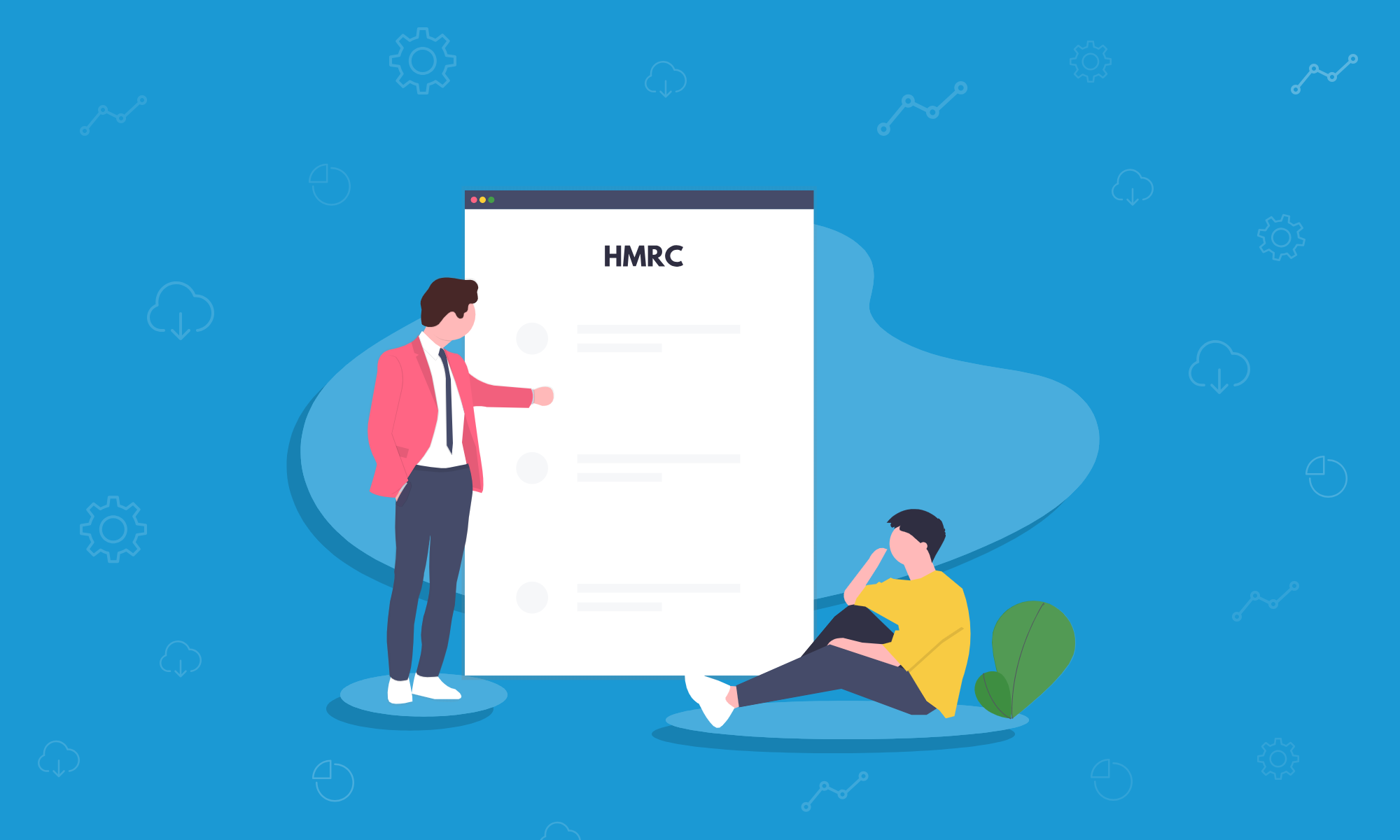Let’s start this with another question. Should you be talking to your clients about Making Tax Digital for Income Tax Self Assessment (ITSA)? Guidance around it is still fairly generic, so it’s difficult to offer clients much in the way of detail.
But, the internet is slowly filling with articles rehashing what little is known about it. As a result, clients are starting to worrying there’s something they’re missing. There are some steps that you can take now, to help pre-empt the flurry of worry.
Explaining MTD for Income Tax to clients
Despite being industry news, some clients might not have the MTD rollout for income tax on their radar. So what do they need to know?
MTD for Income Tax Self Assessment
The move to MTD will eventually leave behind Self Assessment returns. Instead, records will be kept digitally and submitted regularly online using software.
The information is sent directly to HMRC from the software, avoiding the need to send a separate Self Assessment tax return.
Businesses can start to follow MTD for Income Tax Self Assessment rules voluntarily before then, but it’s important that clients understand ‘voluntary’ only applies to opting in. Once they’re signed up, they must follow the rules!
MTD for VAT
Some clients might already be on the MTD radar if they’re VAT registered. The initiative has been in motion since April 2017, with Making Tax Digital for VAT going live in April 2019 for VAT registered businesses over the £90,000 threshold.
The original deadline was extended in light of the Coronavirus pandemic, though businesses can volunteer for MTD VAT rules earlier if they wish to.
Helping clients understand what MTD for ITSA means for them
The biggest concern for accounting clients will be understanding what the changes mean for them. Though the details of exactly how everything works aren’t yet available, it might help to explain the benefits, as well as things to consider now.
How clients can benefit from MTD for ITSA?
- A much quicker, more efficient way to file and submit information to HMRC
- Less data entry reduces the risk of data entry errors
- Automated reminders
- Year-to-date overview of how much Income Tax is owed
- Becoming paperless helps boost a business’ sustainability efforts
- Reduced risk of unexpected compliancy checks from HMRC
The cost of MTD for clients
According to HMRC, the average cost to those making the transition to Making Tax Digital will be around £280. Whilst it actually costs nothing to make the move over, some businesses might find it involves training and software costs.
Software required
For those clients already using MTD compliant software like Pandle, there will be minimal change in terms of the services they are using. However in order to sign up to MTD for Income Tax, taxpayers will need to have access to a compatible software before they can register.
Helping clients prepare for the transition to MTD for Income Tax Self Assessment
So how do you actually help your clients prepare (and hopefully avoid any future chaos)?
Introduce them to compatible software now
There’s no time like the present! Familiarising clients with MTD software features now will only benefit you both in the long run.
If you or your clients are already using a compatible software, contact your provider to find out when their Income Tax features will be available.
Let clients know what they need to do to comply
In order to comply, your clients will need to:
- Have access to compatible software.
- Sign up
- Keep and submit digital records.
- Submit Income Tax updates every 3 months.
- Submit a final declaration (including personal income and relief) on an annual basis.
Make the move voluntarily
At the moment, MTD for Income Tax Self Assessment (ITSA) isn’t mandatory. It will become so for a business or individual whose next accounting period starts either on or after April 6th 2026 (if the taxable income exceeds £50,000).
However, taxpayers are able to sign up to MTD for ITSA voluntarily as of now. This is something we recommend doing, to make the transition smoother and more gradual for both you and your clients.
Establish if your client qualifies for exemption
Making Tax Digital will apply to a vast majority of businesses and individuals, and the eligibility criteria are likely to expand as the initiative continues to roll out. But, HMRC do acknowledge that some taxpayers might qualify for exemption from MTD, such as on religious grounds.
To talk to one of the team about using Pandle with your clients, use the Live Chat button on screen, or send an email to support@pandle.com.
